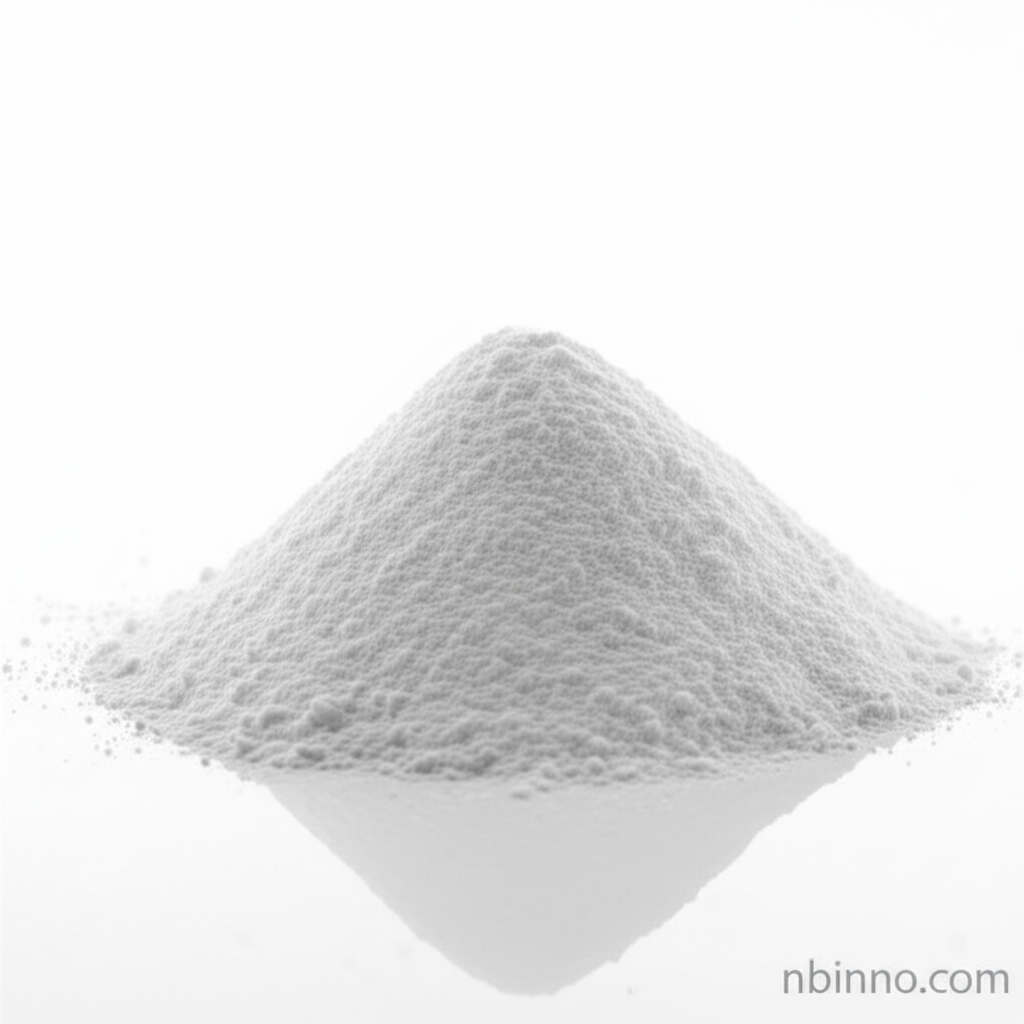Uridine-5′-Triphosphate Trisodium Salt: Properties, Applications, and Industrial Significance
Explore the vital roles of Uridine-5′-Triphosphate Trisodium Salt in RNA synthesis, vasodilation, and cellular signaling.
Get a Quote & SampleProduct Core Value

Uridine-5′-Triphosphate Trisodium Salt
Uridine-5′-Triphosphate Trisodium Salt is a fundamental pyrimidine nucleoside triphosphate, recognized for its critical role as an energy-rich precursor in the enzymatic biosynthesis of RNA. Its biological significance extends to being a potent vasodilator and inducing contractile responses in specific tissues. This compound acts as an activator of P2Y receptors, influencing various cellular signaling pathways and metabolic processes. Its high purity and well-defined properties make it an indispensable component in advanced molecular biology applications and a promising candidate for therapeutic development, particularly in areas of pathogen defense and injury repair. Understanding the Uridine-5′-Triphosphate Trisodium Salt function and its synthesis pathway is key to unlocking its full potential in scientific research and pharmaceutical innovation.
- Explore the Uridine-5′-Triphosphate Trisodium Salt function as a key building block for RNA during transcription, facilitating genetic information transfer.
- Discover the vasodilatory effects of UTP, which are being investigated for cardiovascular health applications.
- Learn about the Uridine-5′-Triphosphate Trisodium Salt applications in research, from studying ion transport functions to its role in cellular energy transfer.
- Understand the Uridine-5′-Triphosphate Trisodium Salt price and availability, ensuring access for critical research and development projects.
Key Advantages
Enhanced RNA Synthesis Efficiency
The high purity of Uridine-5′-Triphosphate Trisodium Salt ensures optimal performance in in vitro transcription and other molecular biology techniques, directly contributing to more reliable experimental outcomes in gene expression studies.
Therapeutic Potential
Its vasodilatory properties and involvement in cellular signaling pathways suggest significant potential for UTP in developing new treatments for various medical conditions, highlighting its importance as a pharmaceutical intermediate.
Versatile Biological Activity
As an activator of P2Y receptors, UTP plays multifaceted roles in biological systems, from pathogen defense to tissue repair mechanisms, making it a valuable tool for biochemical research.
Key Applications
Molecular Biology Research
UTP is crucial for various RNA-related techniques, including in vitro transcription, RNA labeling, and RNA amplification, supporting advancements in gene regulation and RNA-based therapeutics.
Biotechnology
The compound is essential in developing new RNA-based technologies and improving the production of RNA molecules for various biotechnological applications.
Pharmaceutical Development
Its vasodilatory effects and signaling roles position UTP as a key component in research for new drugs targeting cardiovascular diseases and inflammatory conditions.
Biochemical Studies
UTP serves as a substrate for enzymatic reactions and nucleic acid synthesis, aiding in a deeper understanding of cellular metabolism and energy transfer processes.
